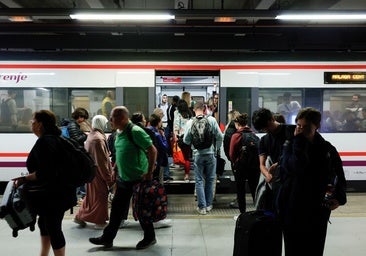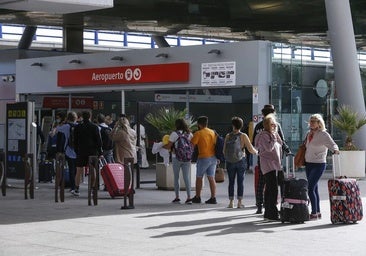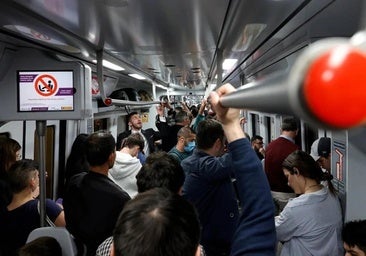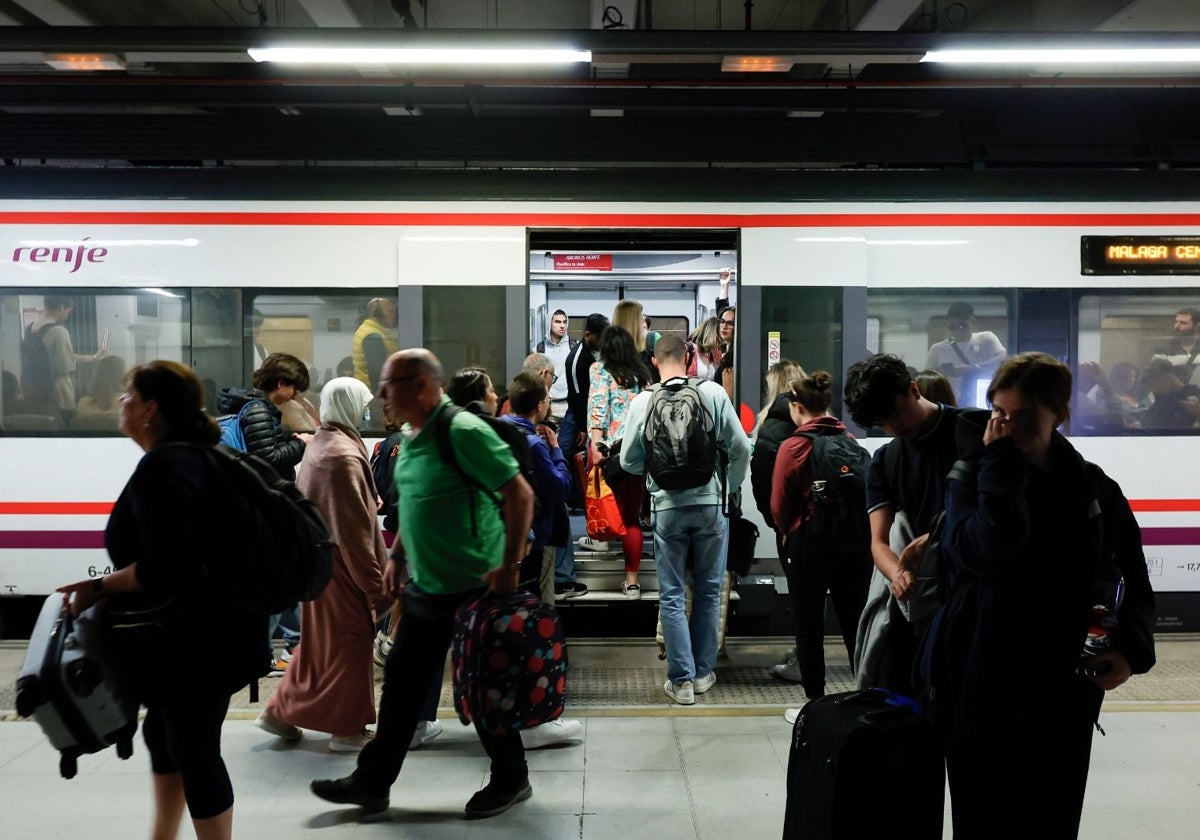Coastal train service between Nerja and Algeciras: Spanish government puts feasibility study out to tender
The Ministry of Transport is allocating 1.2 million euros to draft the document, and aims to have a proposed route on the table within a year
When the history of the train service that runs along the coast of southern Spain is written, the date of 26 December 2024 will occupy a prominent place in the timeline. This was the date promised a month ago by the Ministry of Transport's secretary-general for sustainable mobility, Álvaro Fernández Heredia, after the first of the roundtable meetings on mobility between the Junta de Andalucía, Malaga's Diputación provincial authority and the town halls along the Costa del Sol and beyond, held on 28 November. So it was that, on 26 December 2024, the Ministry of Transport put out to tender the preliminary feasibility study for a new rail corridor running from Nerja to Algeciras.
This is an historic step forward insofar as, for the first time ever, it addresses the possibility that the rail links will connect the entire Costa del Sol in the future: the Malaga part, which is in the majority, but also the Campo de Gibraltar. Moreover, it is going to be done in a format that will have legal validity to ensure it moves forward as this is the first mandatory administrative step for any infrastructure work to be executed. "The scope of the feasibility study, which is the object of the contract up for grabs, will be that necessary to comply with the stipulations of article 5.3 of the Railway Sector Act," as specified in the contract offer.
According to the call for tenders, to which SUR has had access and which has already been sent to the BOE (official state gazette) for publication, the Transport ministry in Madrid plans to award the contract for 1.2 million euros (including IVA services tax) to an independent consultancy firm. Despite the execution period being 18 months (active from the moment the contract is awarded and signed), Transport minister Óscar Puente announced last week that he intends to know in at least a year's time what the ideal proposal for the route will be.

Estudio de viabilidad para
el tren de la Costa del Sol
Costa
del Sol
Costa
del Sol
OCCIDENTAL
ORIENTAL
Nerja
Málaga
Fuengirola
Marbella
Estepona
Algeciras
Tramo
Tramo
Tramo
Tramo
Tramo
4
3
2
1
5
Nuevas soluciones
Soluciones
basadas en
estudios anteriores
y posibles nuevas soluciones
Soluciones del E. F. de ADIF
(mejora de línea C1 actual) + nuevo corredor
Fuente: Ministerio de Transportes y Movilidad Sostenible
encarni hinojosa
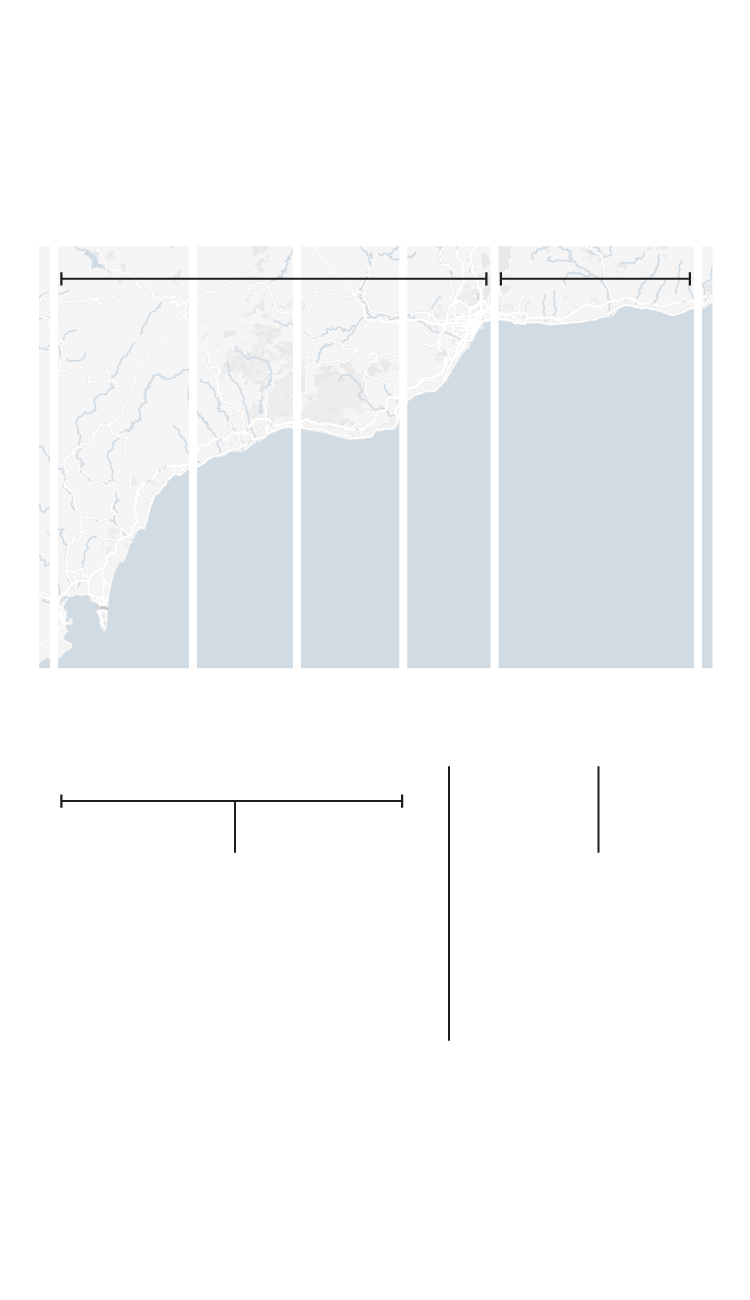
Estudio de viabilidad para
el tren de la Costa del Sol
Costa
del Sol
Costa
del Sol
OCCIDENTAL
ORIENTAL
Nerja
Málaga
Fuengirola
Marbella
Estepona
Algeciras
Tramo
Tramo
Tramo
Tramo
Tramo
4
3
2
1
5
Nuevas soluciones
Soluciones basadas en
estudios anteriores
y posibles nuevas soluciones
Soluciones del E. F. de ADIF
(mejora de línea C1 actual) +
nuevo corredor
Fuente: Ministerio de Transportes y Movilidad Sostenible
encarni hinojosa
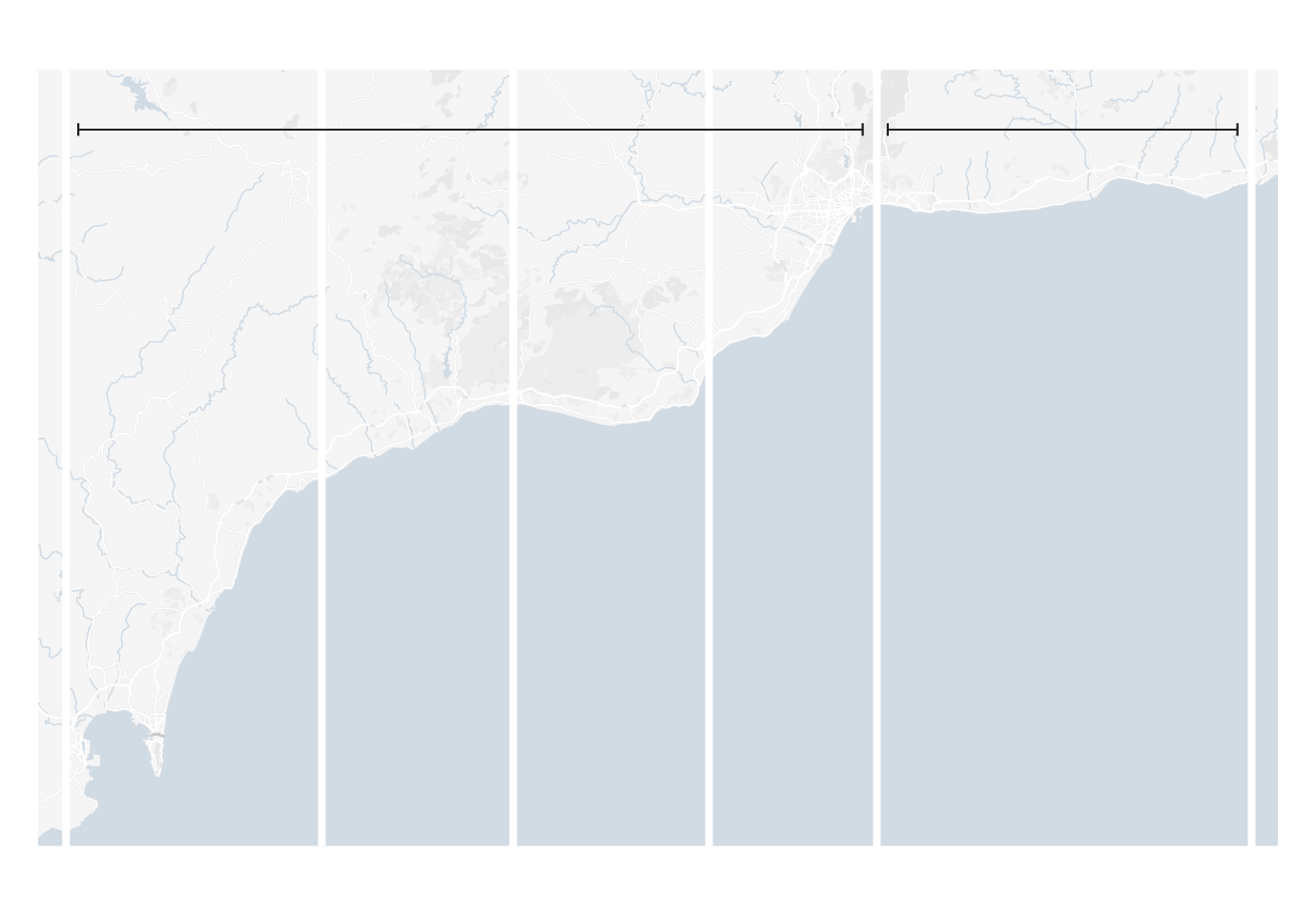
Estudio de viabilidad para el tren de la Costa del Sol
Costa del Sol
Costa del Sol
OCCIDENTAL
ORIENTAL
Nerja
Málaga
Fuengirola
Marbella
Estepona
Tramo
Tramo
Tramo
Tramo
Tramo
4
3
2
1
5
Soluciones
del E. F.
de ADIF
(mejora
de línea C1 actual) +
nuevo corredor
Soluciones basadas en estudios anteriores
y posibles nuevas soluciones
Nuevas soluciones
Algeciras
Fuente: Ministerio de Transportes y Movilidad Sostenible
encarni hinojosa
The commissioned study will start with an in-depth analysis of the current Malaga-Fuengirola C1 commuter line. The transport engineers looking at the feasibility of it all will have to evaluate all the possible options for improvement: from reinforcing the existing infrastructure to building a new line. In the second phase the experts will be expected to study a possible extension to the west to reach Algeciras in Cadiz province and to the east as far as Nerja. As such the feasibility study will be structured in five sections: Nerja-Malaga, Malaga-Fuengirola, Fuengirola-Marbella, Marbella-Estepona and Estepona-Algeciras.
Current C1 line, the heart of the system
The ministry takes the current C1 line as the heart of the transport system on the Costa del Sol. "It has an important demand as it connects Malaga city with Malaga Airport, fourth in the country in terms of passenger traffic, and with medium-sized towns located on the western Costa del Sol: Torremolinos, Benalmádena and Fuengirola," says the tender document.
Related articles
It is a conventional railway line, electrified and equipped with double track in part of its route, "in which improvements and investments have been made in recent decades, but which still has certain limitations and does not satisfactorily meet the mobility needs of the population, so it is necessary to study options to improve the service," is the argument given in the document.
In addition to improving communications in this area, the Ministry "is committed to bringing the benefits of rail transport to the rest of the people living on the Costa del Sol, as currently the line does not serve densely populated municipalities west of Fuengirola such as Estepona or Marbella, nor does it reach the eastern Costa del Sol."
Estimating demand
One of the key elements of the work to be done will be a study of the potential demand for each of the five sections, "based on a model built specifically for this action", as well as an assessment of the financial and socio-economic profitability. "The figures on socio-economic profitability will be used to help make decisions on the suitability of the project, part thereof", says the call for proposals.
While the findings of this study must be fully considered in the future as this is the protocol that must be followed, internal studies carried out by the Ministry's own transport specialists already point to a favourable result, at least for the section of line between Malaga and Estepona.
SUR reported a short while back that there already is an initial proposal for the line that involves using the central reservation of the A-7 motorway wherever possible, setting it a trench and thereby reducing costs. "The coastal train is possible, there is a formula and we are going to develop it," confirmed Óscar Puente last week. "When you start a study you can already see whether it is going to be favourable or not, and I have a lot of confidence in the director-general of the railway sector at the ministry, Carlos Juárez, who is a very brilliant technical specialist and he already has in his head what the alternative could be."
The administrative race for this rail corridor, which will take several years to complete, begins
Although it may sound strange, after at least 30 years of debates about a comprehensive coastal train service, the first, legally binding step has now been taken to kickstart the formal process of making this transport infrastructure a reality. "The scope of the feasibility study is what is necessary to comply with the stipulations of article 5.3 of the Railway Sector Act," states the call for tenders spec.
The initial estimate, pending bids from the independent consultancy firms that are sure to be interested in winning the contract, is that the timeframe for completion will be 18 months. That is, some 24 months in total, taking into account the time needed to prepare the tender and to award the contract (provided there are no complaints, objections or other obstacles).
Although the Transport minister announced a few days ago that he expects to have a proposal for the route within a year, the fact is that the feasibility study will not be officially completed until at least the end of 2026 or the beginning of 2027. After that, it will have to be checked by the ministry's own transport technicians.
Depending on the result of the preliminary study an informative study will then have to be carried out on the sections that are deemed "viable", which will take at least two more years. By then, provided there have been no serious delays, the process will be underway by 2029-2030. From then on, the projects for each section or phase into which the infrastructure is subdivided will have to be drawn up and, finally, the real work can begin on the ground.
In the meantime a preliminary estimate has been calculated as to the potential demand for this railway line. This was included in a report pulled together by José Alfonso Gálvez Salinas, director-general of mobility strategies at the Transport ministry's office for sustainable mobility.
The report finds that a train service from Nerja to Algeciras would move around 60 million passengers per year, although the stretch with the greatest potential - from Malaga city to Estepona - would add up to 46 million passenger journeys, almost three times more than the current C1 railway line. To put this into context, last year the latter reached its all-time record with 16 million users. For comparison the high-speed, intercity service between Malaga's María Zambrano and Madrid's Atocha stations moves around four million a year.
Continuing this analysis with the help of the Transport ministry's big data tech resources and assuming the line runs a Cercanías stopping service, some initial doubts are raised regarding the extension to the line going east to the Axarquía and west to the Campo de Gibraltar. Regarding the Malaga-Nerja line, the estimated number of passengers is close to ten million a year. Looking at the final stretch between Estepona and Algeciras, demand is estimated to be much lower at 4.9 million passenger journeys.
Therefore, the central part of the rail corridor - Malaga-Fuengirola and Fuengirola-Marbella-Estepona - is initially assessed as "recommendable" for the first leg and "potentially recommendable" for the second without the need for any support measures. In contrast, for the other two parts to be feasible this report warns that "important complementary measures" are necessary and the solutions would have to come from collaboration between the Junta and the respective municipal councils.
In other words, an extended coastal train line alone would not be the total solution. For this reason the same document points out several other transport solutions. One such solution could be improvements to the frequency of bus services on lines with high occupancy. Secondly, the creation of express services to areas of high business or industry activity (by means of buses). Another option is to provide more 'Bus-VAO' lanes (the Spanish for an exclusive traffic lane for buses and high-occupancy vehicles) and bicycle lanes. Other ideas include updating the ticket concessions map for these services and the creation of park-and-ride facilities and transport interchanges.

